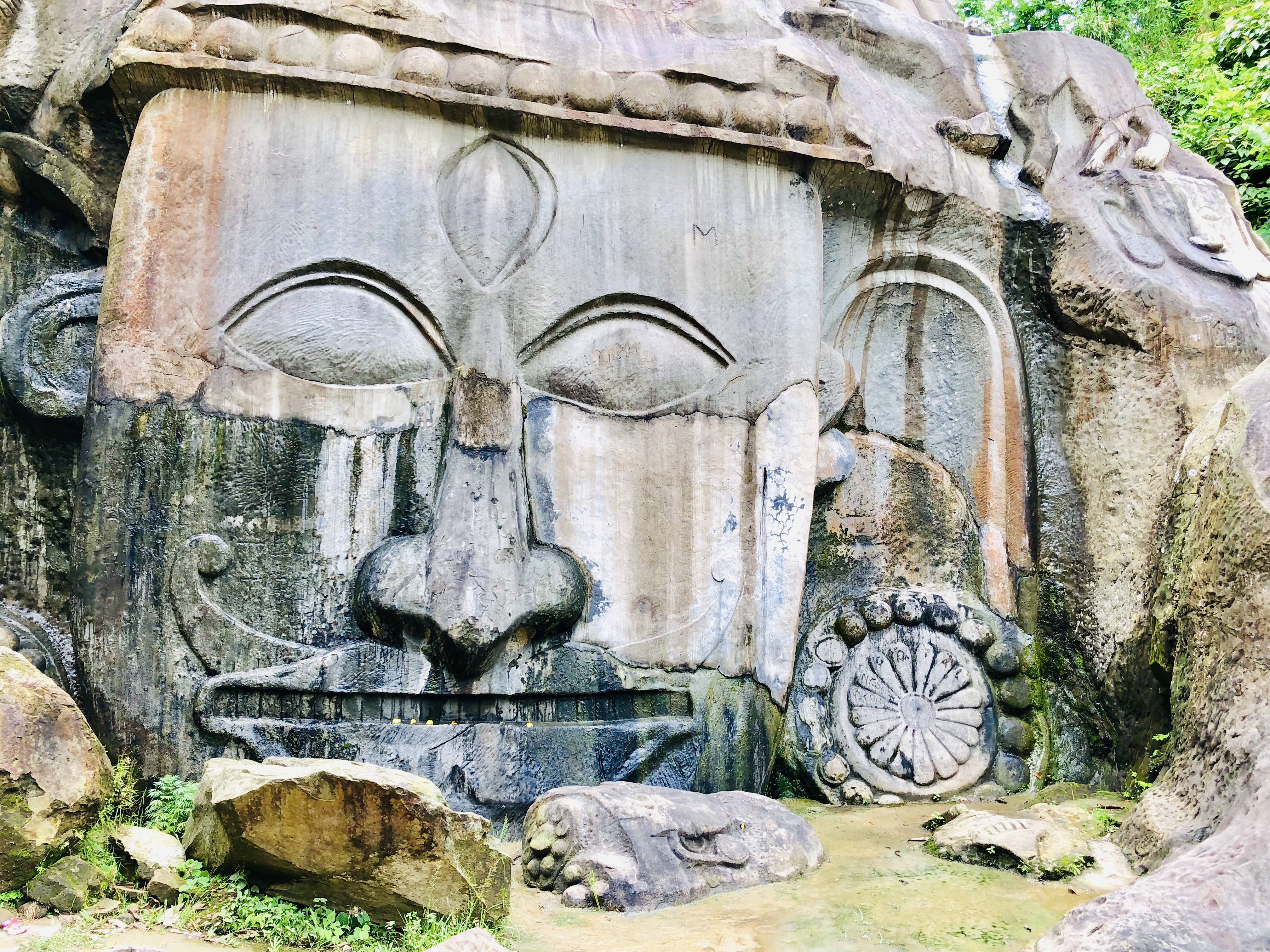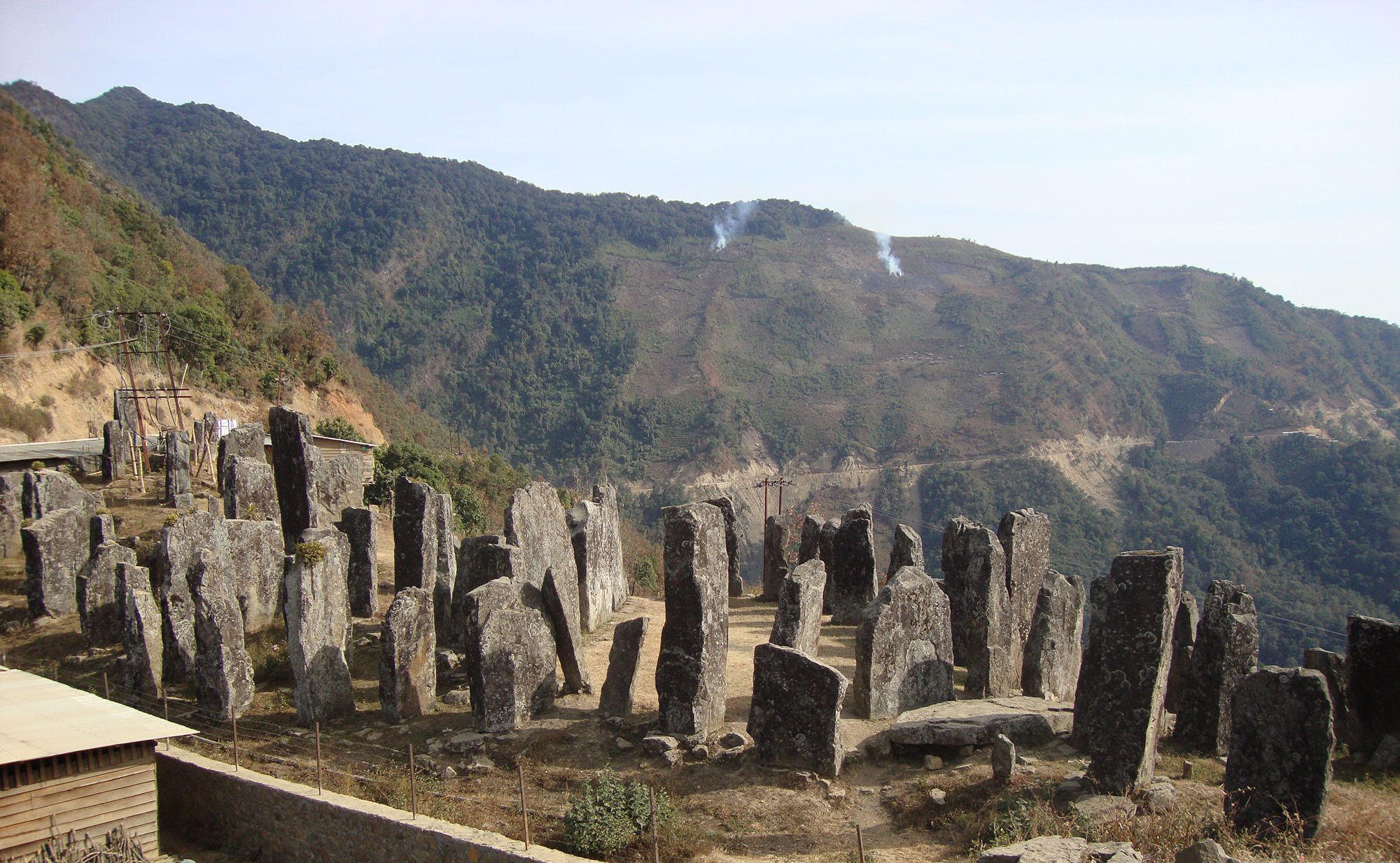|
Huyen Langlon
Huiyen Lallong is a classical Meitei traditional martial art form. It is one of the Indian martial arts, originating from Manipur. consists of two main subforms: ''Thang-Ta'' (armed combat) and ''Sarit Sarak'' (unarmed fighting).Thang Ta - the martial art dance , ''India-north-east.com'' It is one of Meitei intangible cultural heritage. Huiyen Lallong, along with the fusion of three other performing art forms, Lai Haraoba, Meitei Sankirtana, Meitei Nata Sankirtana and Raslila, Raaslila, gave rise to the Sangeet Natak Akademi-recognised Indian classical dance form, popularly known as the ''"Manipuri dance"''. Etymology In the Meitei language, means war while or can mean net, knowledge or art.Weapons and techniques The primary we ...[...More Info...] [...Related Items...] OR: [Wikipedia] [Google] [Baidu] |
India
India, officially the Republic of India, is a country in South Asia. It is the List of countries and dependencies by area, seventh-largest country by area; the List of countries by population (United Nations), most populous country since 2023; and, since its independence in 1947, the world's most populous democracy. Bounded by the Indian Ocean on the south, the Arabian Sea on the southwest, and the Bay of Bengal on the southeast, it shares land borders with Pakistan to the west; China, Nepal, and Bhutan to the north; and Bangladesh and Myanmar to the east. In the Indian Ocean, India is near Sri Lanka and the Maldives; its Andaman and Nicobar Islands share a maritime border with Thailand, Myanmar, and Indonesia. Modern humans arrived on the Indian subcontinent from Africa no later than 55,000 years ago., "Y-Chromosome and Mt-DNA data support the colonization of South Asia by modern humans originating in Africa. ... Coalescence dates for most non-European populations averag ... [...More Info...] [...Related Items...] OR: [Wikipedia] [Google] [Baidu] |
Mukna
Mukna is a form of folk wrestling from the north-east Indian state of Manipur. It is popular in Imphal, Thoubal and Bishnupur. The game is generally played on the last day of the Lai Haraoba festival and is an intrinsic part of the ceremonial functions. History The mythological origin according to Meiteis trace back to Puya manuscripts such as ''Leithal'', ''Leikharol'', and ''Pudin''. It is thought to have originated in Moirang Kangleirol, in which Khamba and Nongban were two legendary figures in Mukna. Sport Matches begin with the competitors holding each other's belts called ''ningri''. The object is to pin the opponent with their back touching the ground. The winner is called a ''yatra''. Mukna contains many techniques (''lou'') which require absolute physical fitness and skill to be mastered. Holding the opponent's neck, hair, ear or legs with the hands is not permitted. Any strikes are also considered fouls. Anyone who touches the ground with any part of their body beside ... [...More Info...] [...Related Items...] OR: [Wikipedia] [Google] [Baidu] |
Tripura
Tripura () is a States and union territories of India, state in northeastern India. The List of states and union territories of India by area, third-smallest state in the country, it covers ; and the seventh-least populous state with a population of 3.67 million. It is bordered by Assam and Mizoram to the east and by Bangladesh to the north, south and west. Tripura is divided into List of districts of Tripura, 8 districts and 23 sub-divisions, where Agartala is the capital and the largest city in the state. Tripura has 19 different tribal communities with a majority Bengalis, Bengali population. Bengali language, Bengali, Indian English, English and Kokborok are the state's official languages. The area of modern Tripura — ruled for several centuries by the Manikya Dynasty — was part of the Tripuri Kingdom (also known as Hill Tippera). It became a princely state under the British Raj during its tenure, and acceded to independent India in 1947. It merged with India in 1949 an ... [...More Info...] [...Related Items...] OR: [Wikipedia] [Google] [Baidu] |
Senbi Kiyamba
Senbi Kiyamba () (1467–1508) was a Meitei monarch and a ruler of Kangleipak kingdom (Manipur kingdom). He was the son of Medingu Ningthou Khomba and his warrior queen Leima Linthoingambi. Born Thangwai Ningthouba, he succeeded his father at the age of 24. He took the name Kiyamba meaning "Conqueror of Kyang", after conquering the Shan kingdom in the Kabaw Valley in alliance with King Choupha Khe Khomba of Pong in 1470. Pheiya In celebration of their victory over Kyang, the King of Pong presented Kiyamba with a golden box containing a stone known as ''Pheiya'' (Almighty). Kiyamba built a brick temple in the capital Lamangdong, south of Imphal, in 1475 for the sacred stone. During this period, Bramins migrated to Manipur. Legend states that a Brahmin identified Pheiya as Vishnu and said that good fortune would come to the king and kingdom if rice boiled in cow's milk was offered to the deity. Lamangdong was subsequently named Bishnupur (Abode of Vishnu) in honour of the ... [...More Info...] [...Related Items...] OR: [Wikipedia] [Google] [Baidu] |
History Of Manipur
The history of the Indian state of Manipur is reflected by archaeological research, Meitei mythology, mythology and recorded history, written history. Historically, Manipur was an independent sovereign kingdom ruled by Ningthouja dynasty, Meitei dynasty but at different point of time it was invaded and rule over by other state and authority. The Manipur (princely state)#Kangleipak State, Kangleipak State developed under King Loiyumba with its first written constitution in the early 12th century. Manipur (princely state), Manipur under the 18th-century king Pamheiba saw the legendary burning of sacred scripture. Manipur became a princely state under British Raj, British rule in 1891 after the Anglo-Manipur War, Anglo-Manipur war, the last of the independent states to be incorporated into British Raj as a princely state. During the Second World War, Manipur (princely state), Manipur was the scene of Operation U-Go, battles between Imperial Japanese Army, Japanese and Allied forces ... [...More Info...] [...Related Items...] OR: [Wikipedia] [Google] [Baidu] |
Meitei People
The Meitei people, also known as Meetei people,P.20: "historically, academically and conventionally Manipuri prominently refers to the Meetei people."P.24: "For the Meeteis, Manipuris comprise Meeteis, Lois, Kukis, Nagas and Pangal." are a Tibeto-Burman languages, Tibeto-Burman ethnic group native to the States and union territories of India, Indian State of Manipur. They form the largest and dominant ethnic group of Manipur in Northeast India. They speak the Meitei language (officially called Manipuri language, Manipuri), one of the 22 official languages of the Indian Republic, 22 official languages of the Republic of India and the sole official language of Government of Manipur. The Meiteis primarily settled in the Imphal Valley region in modern-day Manipur, though a sizeable population has settled in the other Indian states of Meitei people in Assam, Assam, Meitei people in Tripura, Tripura, Nagaland, Meghalaya, and Mizoram. There is also a notable presence of Meiteis in t ... [...More Info...] [...Related Items...] OR: [Wikipedia] [Google] [Baidu] |
Salai Leishangthem
Chenglei or Salai Leishangthem or Salang Leishangthem or Sarang Leishangthem is a group of people, which is recognized as one of the seven Yek Salai clans of the composite Meitei confederacy. It consists of numerous Yumnaks which are native peoples of ancient Kangleipak (now Manipur), one of the states of India. Number of families See also *Mangang *Luwang *Khuman *Angom *Kha Nganpa *Moilang Moilang ( Modern Meitei: Moirang) is a group of people, which is recognized as one of the seven Yek Salai clans of the composite Meitei confederacy. Moirang consists of many several Yumnaks which are native peoples of ancient Kangleipak (no ... References Meitei clans {{India-ethno-stub ... [...More Info...] [...Related Items...] OR: [Wikipedia] [Google] [Baidu] |
Kha Nganpa
Kha Nganpa (''shortened from Khapa Nganpa'') or Kha Nganba (''shortened from Khaba Nganba'') is a group of people, which is recognized as one of the seven Yek Salai clans of the composite Meitei confederacy.http://www.e-pao.net/epSubPageExtractor.asp?src=manipur.Ethnic_Races_Manipur.Meeteis_Surname *https://archive.org/details/in.ernet.dli.2015.467109/page/n3 Number of families See also * Mangang * Luwang * Khuman * Angom * Moilang * Salai Leishangthem References External linksWakoklon Heelel Thilel Salai Amailon Pukok PuYa Meitei clans {{India-ethno-stub ... [...More Info...] [...Related Items...] OR: [Wikipedia] [Google] [Baidu] |
Moilang
Moilang ( Modern Meitei: Moirang) is a group of people, which is recognized as one of the seven Yek Salai clans of the composite Meitei confederacy. Moirang consists of many several Yumnaks which are native peoples of ancient Kangleipak (now Manipur), one of the states of India. Moirang has a classical cultural heritage as reflected in ''Khamba and Thoibi''. Number of families See also * Mangang * Luwang * Khuman * Angom *Kha Nganpa Kha Nganpa (''shortened from Khapa Nganpa'') or Kha Nganba (''shortened from Khaba Nganba'') is a group of people, which is recognized as one of the seven Yek Salai clans of the composite Meitei confederacy.http://www.e-pao.net/epSubPageExtra ... * Salai Leishangthem References Meitei clans {{india-ethno-stub ... [...More Info...] [...Related Items...] OR: [Wikipedia] [Google] [Baidu] |
Angom
Angom () is a group of people, which is recognized as one of the seven Yek Salai clans of the composite Meitei confederacy. It consists of several Yumnaks, which belong to the native people of ancient Kangleipak (present day Manipur state of India). Number of families See also * Mangang * Luwang * Khuman *Moilang *Kha Nganpa Kha Nganpa (''shortened from Khapa Nganpa'') or Kha Nganba (''shortened from Khaba Nganba'') is a group of people, which is recognized as one of the seven Yek Salai clans of the composite Meitei confederacy.http://www.e-pao.net/epSubPageExtra ... * Salai Leishangthem References Meitei clans {{India-ethno-stub ... [...More Info...] [...Related Items...] OR: [Wikipedia] [Google] [Baidu] |
Khuman Salai
Khuman () is a group of people, which is recognized as one of the seven Yek Salai clans of the composite Meitei confederacy. Historically, they ruled parts of Kangleipak (present day Manipur) prior to subjugation by the Ningthouja dynasty ( Mangang) c. 13th century. The Khuman-Lon Puya records information about their rule. The Meitei language meaning of Khuman is a narrowed darkness. Number of families Mythology Khuman was the son of Iputhou Pakhangba and Loikhumpi Mawai Thoungailenpi. He was born inside Kangla Palace, Imphal at evening when sunset sky is somewhat dark in colour. He ruled the Mayang Imphal province of Kangleipak kingdom as the Khuman province for several years. Khuman Khamba, one of legendary powerful hero from Moirang was amongst Khuman Salai(clan). See also * Mangang * Luwang *Angom *Moilang *Kha Nganpa Kha Nganpa (''shortened from Khapa Nganpa'') or Kha Nganba (''shortened from Khaba Nganba'') is a group of people, which is recognized a ... [...More Info...] [...Related Items...] OR: [Wikipedia] [Google] [Baidu] |
Luwang
Luwang () is a group of people, which is recognized as one of the seven Yek Salai clans of the composite Meitei confederacy. Luwang consists of several Meitei surnames, Yumnaks which are native peoples of ancient Kangleipak (now Manipur), one of the States of India. Origin Luwang was the son of Iputhou Pakhangba also known as Konchin Tukthapa Pakhangpa and Nula Eebemma Huimuleima. He was born inside Kangla Palace, Imphal at noon where sunlight was somewhat white in colour. He ruled some parts of Kangleipak kingdom for several years. Luwang Punsiba was one of the great king amongst Luwang clan, during his reign Hiyang Hiren was most popular in Kangleipak. Number of families Yumnaks of Luwang The following are list of Yumnaks(surnames)included in the Luwangclan, salai. * Abujam * Achoibam * Achoibam [angom] * Angambam * Arambam * Arekpam * Arubam * Asangbam [moirang] * Asangwangbam * Athokcham * Ayekpam [mangang] [khabanganba] [leisangthem] * Chingjabam * Chinggaibam ... [...More Info...] [...Related Items...] OR: [Wikipedia] [Google] [Baidu] |


